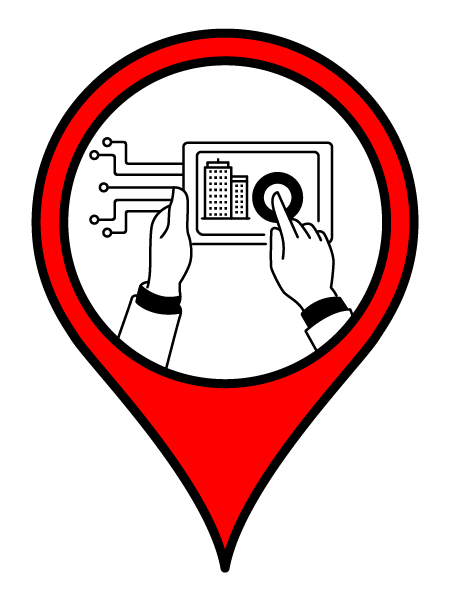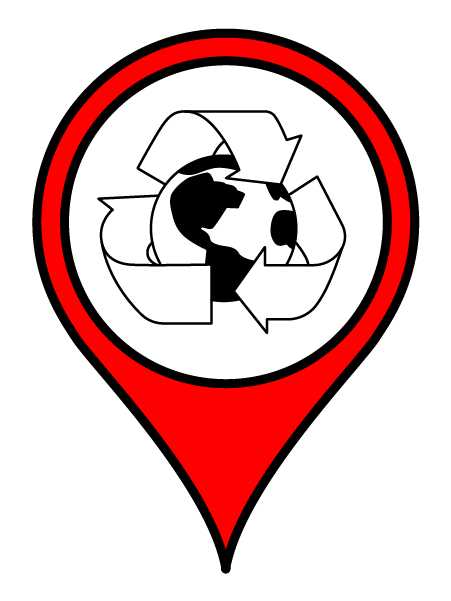Software is Eating our Workplaces
The Global COVID-19 Pandemic is expected to act as a catalyst for transformational change upending business models everywhere. Whilst limited supply and predictable demand have helped protect the Property Industry from widespread disruption, a fundamental reorientation of the value chain may be on the horizon as the Industry reforms around the ultimate customers of commercial space, i.e. Corporate Occupiers (who are challenged with demands to support increasingly fluid business models whilst also improving operational efficiency) and their employees (who after working by themselves during the pandemic are now pondering whether their alternative workplace destination is worth the journey).
This series of thought leadership article explores some of the challenges and opportunities which are likely to arise as corporate occupiers prepare for what the World Economic Forum has defined as ‘The Great Reset’ ahead (move to an all-digital, work-from-anywhere world).
Quote“Most contemporary offices are ‘functional, predictable, and consistent’ and are characterized by ‘low user control’ (Laing et al., 1998). Within them, most employees are ‘over-managed and over-monitored’ (Morrell, 2004), justifying their description as ‘Bright satanic offices’ (Baldry, Bain and Taylor, 1998). Despite being characterized as ‘modern’, these practices can clearly be linked to managerial philosophies that have prevailed for well over a century (e.g. Taylor, 1911)”.
- Craig Knight and S. Alexander Haslam (Your Place or Mine? - British Journal of Management, Vol. 21, 2010)
In this series of articles I have questioned; whether a paradigm shift in demand coupled with a major repurposing of the corporate footprint could positively reshape our Industry (Part One), whether a downgrading of the office as a principle place of work coupled with reduced days spent in the office risks triggering a switch in focus from people to skills and a corresponding acceleration towards ‘talent in the cloud’ (Part Two) and most recently whether in-house ideation workshop exercises aimed at imagining new ways to gamify and audit future workplace performance could help corporate occupiers think more creatively (Part Three).
Creativity benefits of pandemic-led disruption and forced experimentation
Commercial real estate, which remains the largest industry by asset size, is undoubtedly a slow-moving asset class and incentives to invest in digital disruption or low carbon alternatives are not always aligned due to a mismatch in user / owner objectives, developer monetisation challenges (i.e. increasing rent to offset cost of ‘unfamiliar’ technologies) and lack of auditable analytics (i.e. common occupier ROI performance metrics).
Whilst many in the Industry hope for a return to the pre-pandemic default position of employees returning to a central office, this may be an unappealing outcome for knowledge businesses who’s employees feel liberated by the virtualisation of global workplaces and forced experimentation with a work / productivity anywhere model.
The rapid transformation of the nature of work offers a unique opportunity to re-engage with employees and reimagine how the workplace of the future can be reorientated around both employee co-location preferences and the organisational desire to control an optimum level of in-person attendance, collaboration and social interactions.
Whilst workplace psychology has always highlighted the importance of places to connect, celebrate and share experiences, organisations have likely never needed to reflect on the importance and power of ‘social capital’ or ‘occupational propinquity’ within an organisation (i.e. strong interpersonal business relationships and connections).
In order to optimise in-person / synchronous collaboration and space utilisation, organisations promoting a hybrid workplace are now beginning to run simulations to assess different work schedules based upon different office utilisation rates.
Combining traditional workplace analytics data (inc collaboration densities / clustering of employees etc.) with an analysis of the organisational network data (patterns / intensity of electronic communications) will allow organisations (typically in HQ / mature CBD locations) to assess collaboration requirements by referencing the frequency of online communication between co-workers.
As organisations adjust their business models, source intelligent insights from the workplace and target a more data-driven and people centric approach to workplace design, the next step on the journey will be the reinterpretation of our corporate office as a valuable employee benefit, alongside the organisation’s working culture. Promoting and investing in a valuable employee benefit also opens up important opportunities to improve our workplace performance metrics and finally start measuring what matters, the Tenant ROI.
To increase competitive advantage, organisations everywhere have a common ambition to become an unmatched employer of choice. Whilst a convergence of focus on employee experience is inspiring many exciting reimagination opportunities, the need to maintain a constant focus on operational cost efficiencies will likely result in most organisations balancing a substantial rise in capital investment on a square meter basis ('twice the experience') against an overall right-sizing of the corporate footprint ('half the space').
Many commentators now believe that the advent of a ‘hybrid world’ may also help attractive workplace destinations to becoming an increasingly valued and competitive asset, ultimately creating a new super prime category as occupiers compete to secure attractive, sustainable, futureproofed buildings with actively managed social communities.
As we move towards the beginning of a period of exponential change, the survival or long-term dominance of many established organisations may in the future hinge upon their ability promote an experimental mindset and go beyond incremental innovation.
Software is eating our workplaces
As billions of new sensors start to connect us to our environment (connected intelligence) and adoption of augmented reality (AR) tools become as widespread as mobile devices we will undoubtedly need to embrace the next wave of disruption which may not be far away.
Looking beyond our pandemic induced period of forced experimentation, it is conceivable the PropTech sector will be the long-term winner of our transition to a hybrid world of work and post-pandemic focus on data-led investment in our workplaces.
Whilst technology clearly has a major role to play in how connected and included everyone feels, many new PropTech solutions are now opening up ways to curate attendance schedules, promote interpersonal bonds between co-workers and optimise space planning exercises based on an employee’s hybrid, collaboration and density preferences.
However, a lack of awareness of innovation in the start-up / scale up PropTech community coupled with a historic reluctance to fund experimentation due to data sharing complexities or inoperability of systems risks many overlooking the opportunity to reimagine a world where our buildings continuously assess individual work patterns against optimal occupier centric performance benchmarks.
As Clay Christensen demonstrated over 20 years ago, companies typically get blindsided by disruptive innovation because it often lacks the allure of being strategically important to their own business priorities. As such, disruption typically occurs first in underserved and less prestigious segments of the market and as such may therefore be discounted or overlooked in favour of sustaining and extending the performance of conventional technologies and ways of thinking which are not considered counterintuitive to the beliefs or business model of a successful organisation in an established market who may reject it on the basis that it simply “isn’t who we are”.
What do you think ?
Has software just started to transform the Property Industry on a global scale ?
‘Reimaging the Workplace as an Information Business’ will form the basis of my next article.
Blueprint for a Connected Occupier in a Collaborative World
OCCUPIERWORLD® is an independent initiative to develop a trusted and familiar social network / digital community for curiosity-driven CRE practitioners. We believe the future of work is about collaboration & problem solving. To overcome common challenges arising from highly fragmented commercial real estate markets, we have launced a proof of concept for an occupier-focused peer-to-peer social messaging network to help users test ideas, discover collaborators and solve collective problems together.
If you are passionate about corporate real estate performance from an occupier's perspective, log-in via LinkedIn and join our subscription-free community today!




@3x.png?_cb=1618177579)
0 Comments
Recommended Comments
There are no comments to display.
Create an account or sign in to comment
You need to be a member in order to leave a comment
Create an account
Sign up for a new account in our community. It's easy!
Register a new accountSign in
Already have an account? Sign in here.
Sign In Now